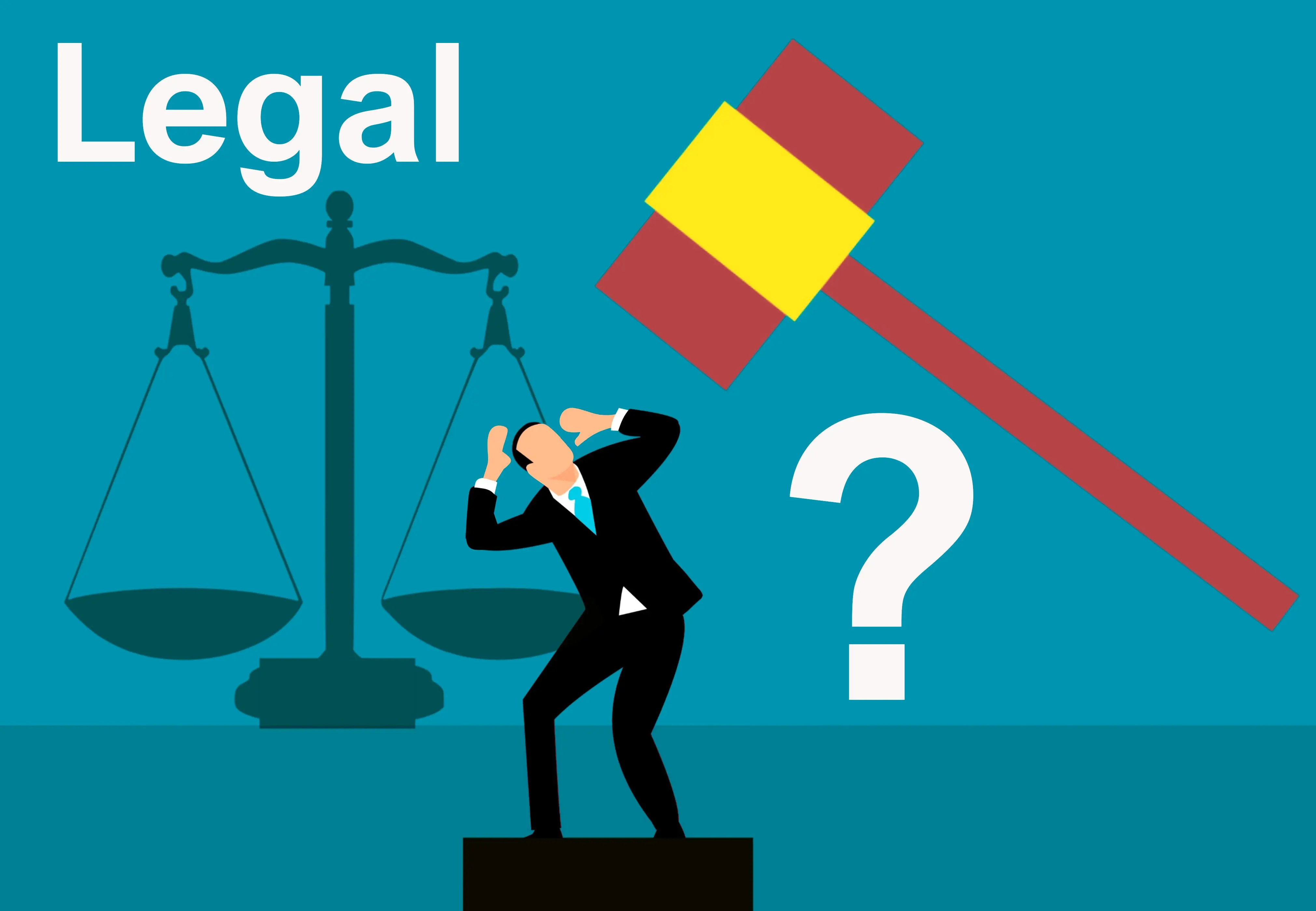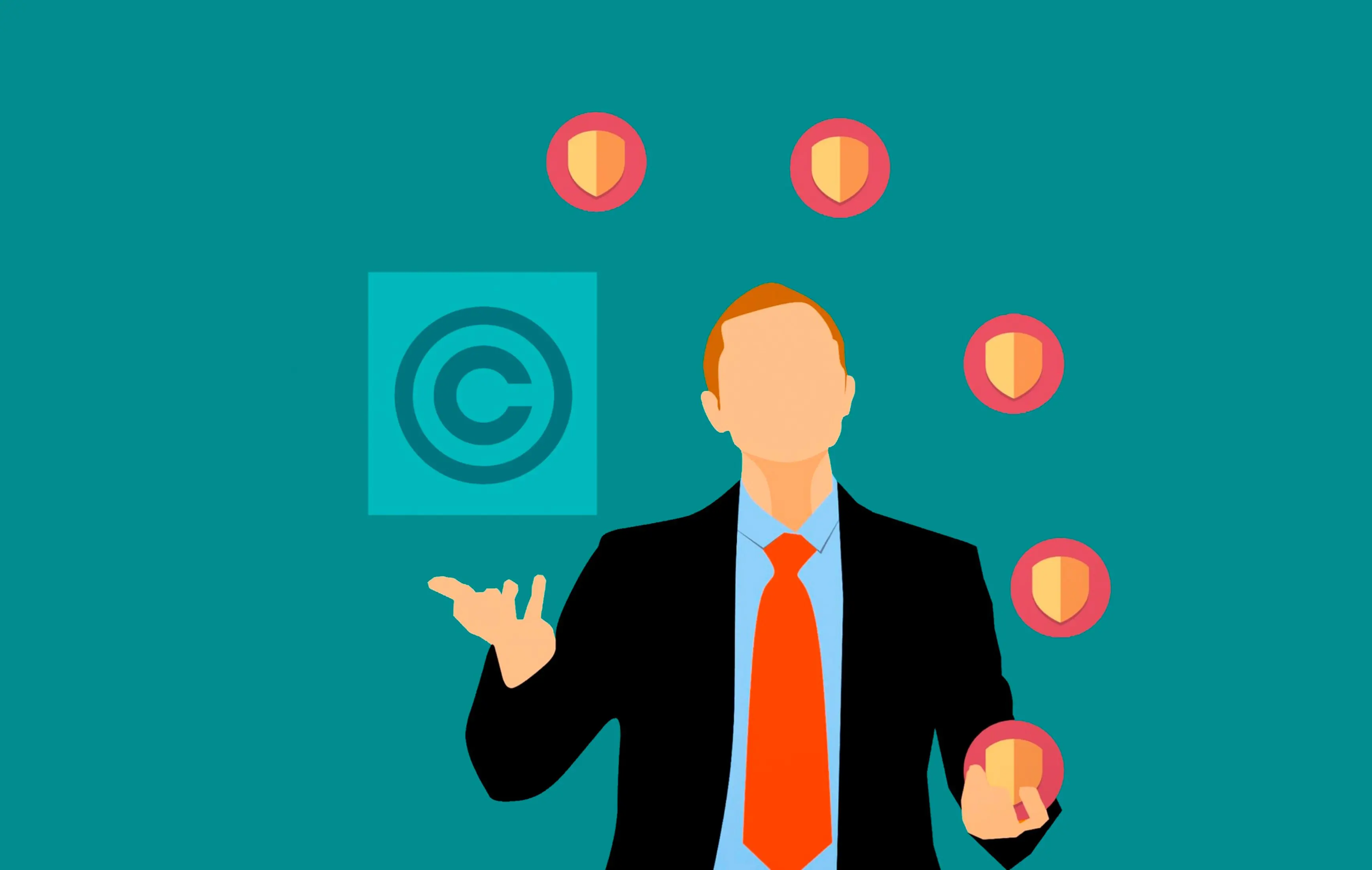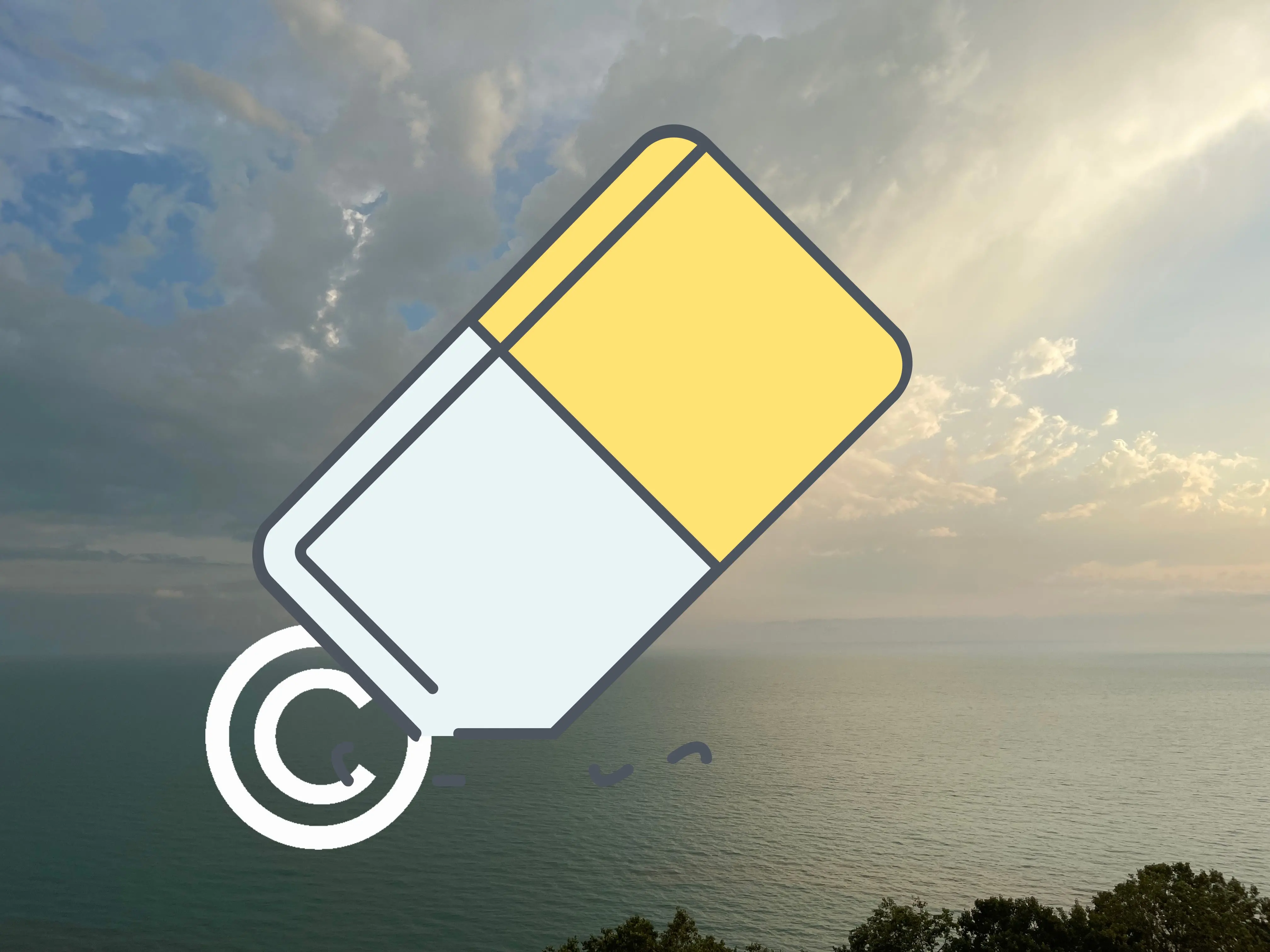Way #2: Top 3 Online Tools to Get Rid of Copyright
We pick products for reviews based on what people like and what is popular. Our testing phase focuses on spotlighting the prime features of a product and identifying its most suitable software. User reviews from top sites guide us in crafting our product reviews. We gather feedback from our users, understanding their thoughts on SoftOrbits software and other products. At SoftOrbits, our goal is to deliver accurate and trustworthy information.

- Inpaint
- Apowersoft watermark remover
- WatermarkRemover.com
Chosing a good software for removing image copyright is a complex task, requiring careful consideration of several factors. These include the preservation of image quality, the accuracy of watermark removal, and the speed of processing. The software should also be user-friendly, with intuitive controls and clear instructions. Additionally, it is important to consider the software's compatibility with various image formats and operating systems.
PaulInpaint
Inpaint is a free online tool that you can use to copyright or a watermark from photo. Upload the image you want to remove the copyright, click the Remove button to remove watermark from image.

Pros:
Free to use
Easy to use interface
Cons:
Limited features
May not be effective for complex watermarks or low-quality images
Apowersoft
Apowersoft Watermark Remover is another free online tool that you can use to remove copyrights from photos. Upload the image you want to remove the copyright from, select the area where the copyright is located, and click on the Remove button.
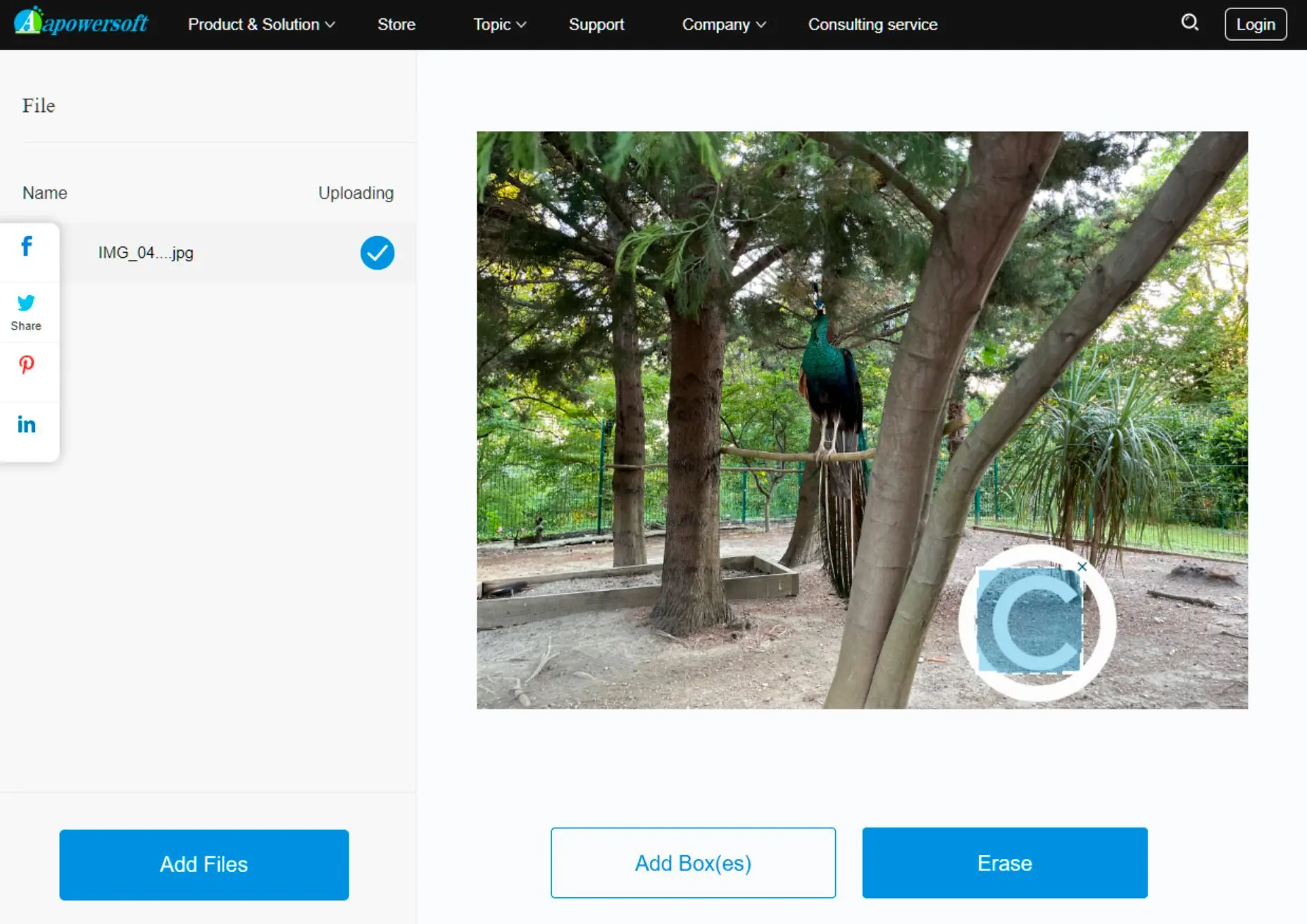
Pros:
Easy to use interface
Free to use
Cons:
Limited features and selection tools
May not be effective for complex watermarks or low-quality images
WatermarkRemover.com
WatermarkRemover.com is a paid online tool that you can use to remove copyrights from photos. Upload the image you want to remove the copyright from, select the copyright area, and click the Remove button.
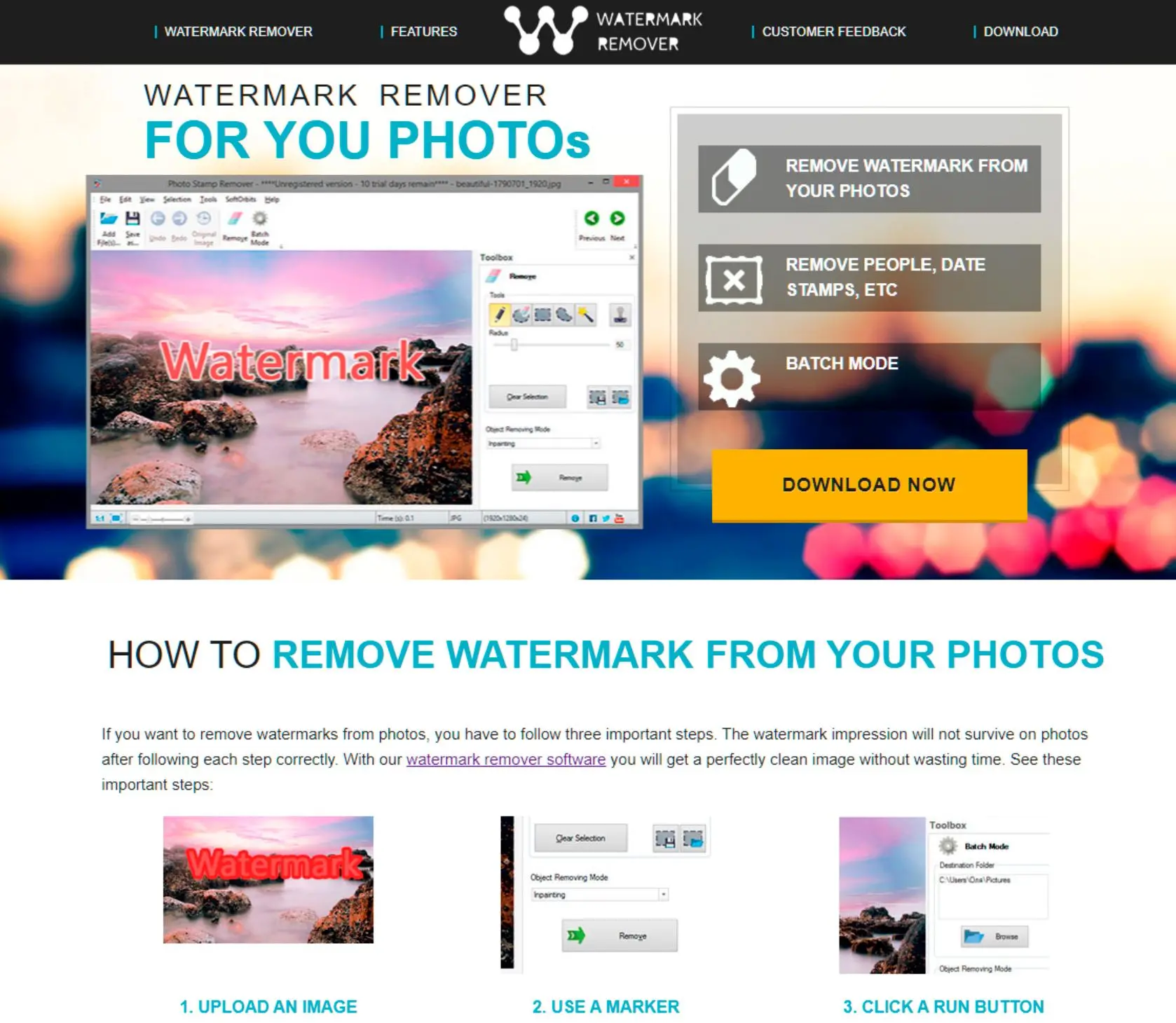
Pros:
More advanced features than free options
Can handle complex watermarks
Cons:
Requires a subscription
May be overkill for simple watermark removal tasks
